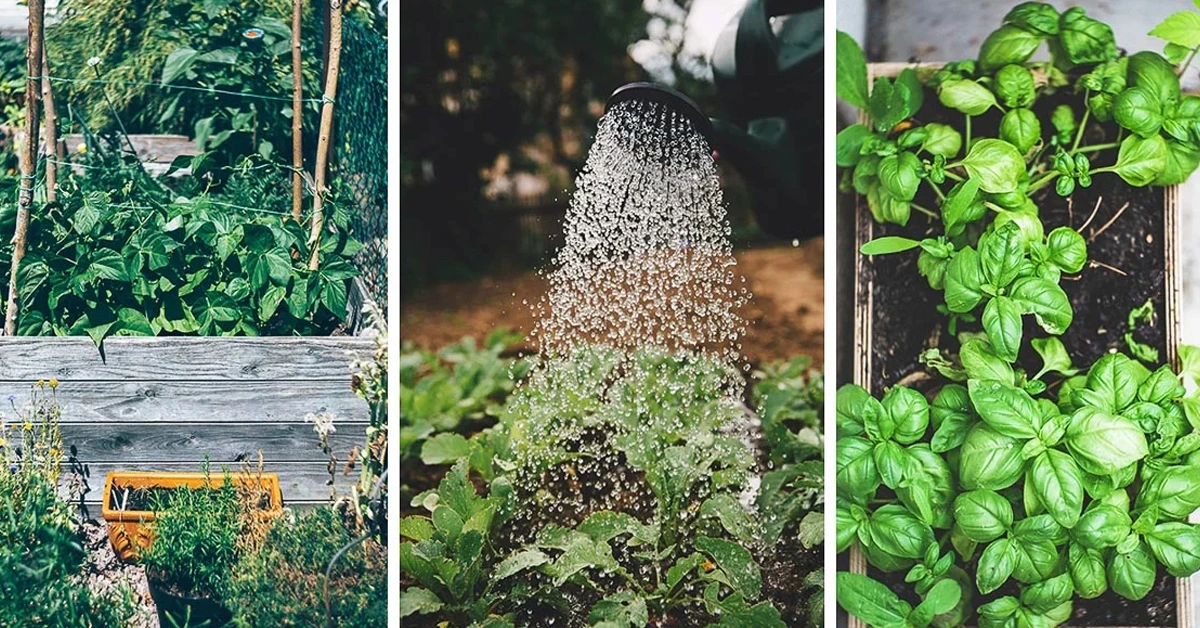
Pandemic gardening took root in the spring of 2020, as the world ground to a halt. As cities locked down, travel ceased, and the rhythm of daily life was disrupted, millions found themselves confined to their homes.
The pandemic, a relentless force of isolation and uncertainty, created a collective longing for control, purpose, and connection.
For many, that connection was found not on a screen, but in the soil. The humble act of gardening—tending a tiny windowsill pot, cultivating a backyard vegetable patch, or simply arranging a beautiful bouquet—blossomed into a global phenomenon and a profound source of healing.
The surge in gardening interest was undeniable. Seed companies reported unprecedented demand, garden centres saw queues snaking around corners, and online searches for terms like "how to grow vegetables" skyrocketed.
This wasn’t just a fleeting trend; it was a societal shift. People were actively seeking a way to reclaim a sense of normality and find a productive outlet for their newfound free time.
The motivations were as varied as the plants they chose to grow, but they all stemmed from a core human need for security and well-being.
One of the most significant drivers was the desire for food security. As supply chains faltered and supermarket shelves occasionally stood bare, the idea of growing one's own food moved from a quaint hobby to a practical necessity.
For the first time, a new generation of gardeners discovered the unparalleled joy of harvesting a sun-ripened tomato or pulling a crisp lettuce from their own soil.
This act of self-sufficiency provided a tangible sense of control in a world that felt as though it were spiralling out of control.
It was a return to basics—a reconnection with where our food comes from, and a powerful antidote to anxiety.
Beyond the practicality of a homegrown meal, gardening offered profound psychological benefits. The pandemic fostered an environment of stress, fear, and social isolation. Gardening became a form of therapy—a meditative practice that offered a break from the relentless news cycle.
The act of getting one's hands dirty, of nurturing life from a tiny seed, provided a restorative rhythm. It required patience and belief in the future—a powerful counterpoint to day-to-day uncertainty.
Research has shown that even a short time spent in a garden can lower stress hormones like cortisol—a benefit that was desperately needed during the pandemic. For many, the garden became a sanctuary: a quiet space to breathe, reflect, and find a moment of peace.
The social dimension of gardening also took on new meaning. While lockdowns limited in-person gatherings, the shared experience of gardening created a different kind of community. Neighbourhoods that had previously been anonymous suddenly had people exchanging gardening tips over fences.
Online gardening forums and social media groups exploded, with people sharing photos of their triumphs and commiserating over their failures. This collective journey fostered a sense of connection and shared purpose, reminding people they were not alone in their struggles.
It was a digital "Victory Garden" movement for the 21st century—where the focus was not just on food production, but on the shared experience of growing and the community it cultivated.
As the world slowly re-emerged from lockdowns, a crucial question arose: would this passion for gardening fade away with the crisis that sparked it?
The answer, it seems, is a resounding no. The habits and skills learned during the pandemic have taken root, transforming a temporary distraction into a lasting lifestyle.
Today, a new generation of "pandemic gardeners" continues to thrive. Many are embracing urban gardening, transforming balconies, rooftops, and small patios into lush green spaces.
They are experimenting with container gardens, vertical planters, and hydroponics—proving that a lack of space is no longer a barrier to the joy of growing.
The focus has also expanded beyond just edibles to include a deeper appreciation for native plants, pollinators, and the creation of biodiverse ecosystems in their own backyards.
This shift reflects a growing environmental consciousness—a desire not just to consume from nature, but to actively participate in its preservation.
The legacy of the pandemic’s gardening boom is a testament to the resilience of the human spirit. It shows that even in the darkest of times, we are drawn to the simple, life-affirming act of planting a seed and watching it grow.
It’s a hobby that is both deeply personal and universally shared—providing a tangible connection to the Earth, a source of mental well-being, and a foundation for building stronger, more connected communities.
As we move forward, the gardens born out of a global crisis will continue to flourish, serving as a beautiful reminder that even from the most challenging of circumstances, something meaningful—and deeply rooted—can grow.
ALSO READ | Melting Glaciers Could Trigger Next Pandemic: Study
Monaliza Goswami is a freelance writer based in Guwahati, who loves watching movies and writing about the, apart from travelling and writing on other topics like investment, social issues and others.